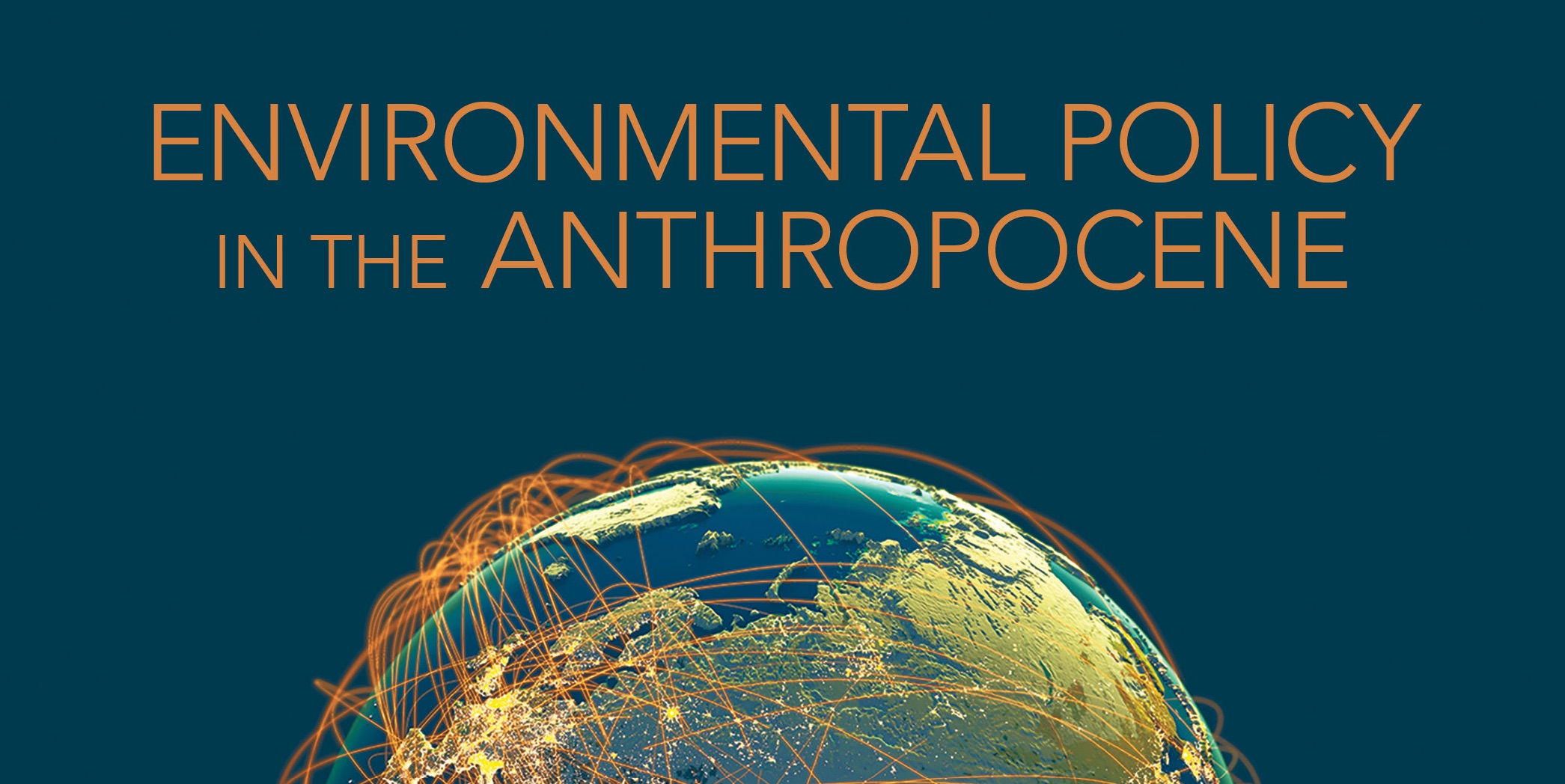Published in Environmental Policy in the Anthropocene (PERC, 2016). Download this full chapter here.
Humanity has, by most measures, done extraordinarily well over the past century. People on average live longer and eat better. The share of the global population living in poverty is lower than ever before. But supplying food, energy, materials, and water to a growing and increasingly wealthy population has come at a steep cost for the natural world. Humans today use at least half of all ice-free land, mostly for farming and forestry. Habitat loss, overexploitation, pollution, and other environmental impacts have on average reduced wildlife populations by more than half since 1970. Hundreds of species of birds and mammals have gone extinct over the past few centuries, and many more are threatened today.
But there are glimmers of hope. Even as biodiversity continues to be lost, there are signs that economic growth and human welfare are becoming increasingly decoupled from environmental impacts. While many of humankind’s environmental impacts have grown in absolute terms, several have started to flatten out or even decline. Per-capita impacts have in many cases gone down, in large part because the technologies used to produce goods have become less environmentally harmful. If these decoupling trends continue, it is possible that human impacts on the environment will peak and decline this century, even as the global population approaches 10 billion and people around the world become more materially rich and secure.
“Peak impact” offers an inspiring vision for global conservation. It can be achieved by accelerating beneficial economic and technological processes while continuing to use protected areas, payments for ecosystem services, and other conventional conservation tools at a landscape levels. Here is how it works.



